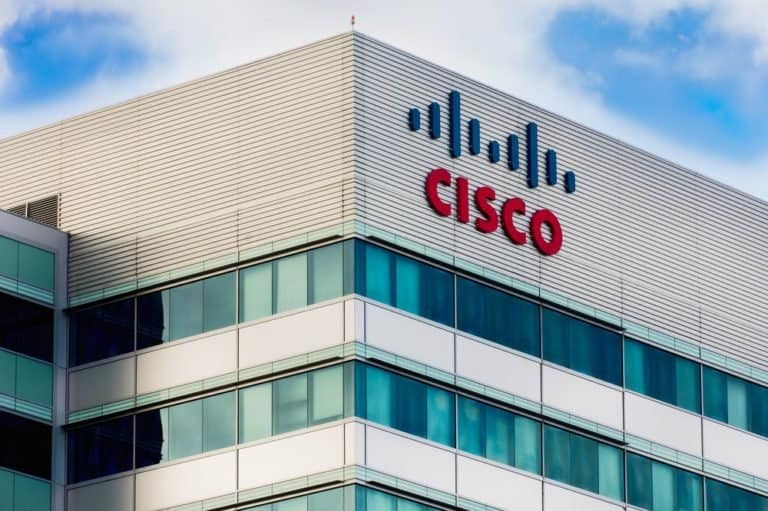Cisco and Google come up with a solution that allows companies to centrally manage their on-premise and multicloud environments. Cisco SD-WAN Cloud Hub with Google Cloud is designed to provide clarity for both on-premise and off-premise parts of a company’s network infrastructure.
With the partnership, Cisco continues to expand its solutions to broaden on-premise network environments to public cloud environments. The network vendor has previously entered into such a partnership with AWS.
Improved operation of cloud-based workloads
The Cisco SD-WAN Cloud Hub with Google Cloud solution is designed to improve the performance of those hybrid cloud workloads. This means, among other things, that the requirements for applications in a company’s on-premise infrastructure are exactly the same in the hybrid or public cloud components of this infrastructure, especially for the public cloud environment Google Cloud.

The solution helps administrators to use the Cisco software they use to manage their on-premise wide-area networks to manage their environments in Google Cloud. For example, when they set up settings and security rules for their on-premise network environment, they are automatically set up for the company’s Google Cloud environment as well.
Synchronisation is achieved using Google’s Cloud Service Directory. This is a kind of bulletin board that allows applications to automatically adjust their technical settings that are known for other services and tools.
Benefits of Cisco SD-WAN Cloud Hub with Google
Cisco SD-WAN Cloud Hub with Google Cloud helps administrators save time – and therefore costs – for updating all settings again in the public cloud environment. This allows customers to further optimise their application stacks by moving components to the best locations.
For example, an application front-end can run on one public cloud environment for cost savings, while the AI/ML libraries run on another and, for example, the financial components can run on-premise for security reasons.
